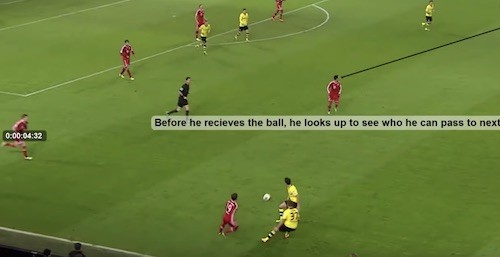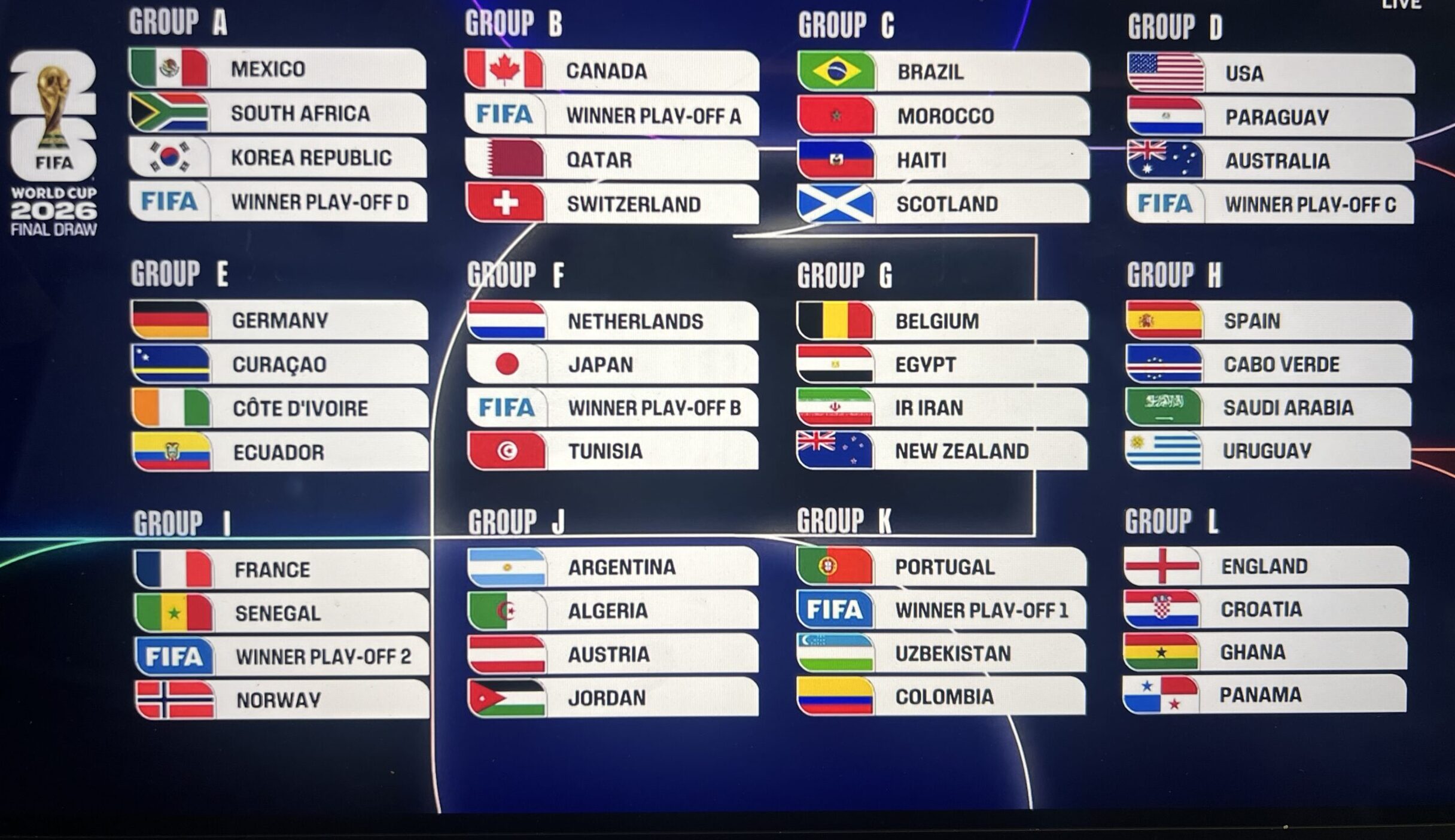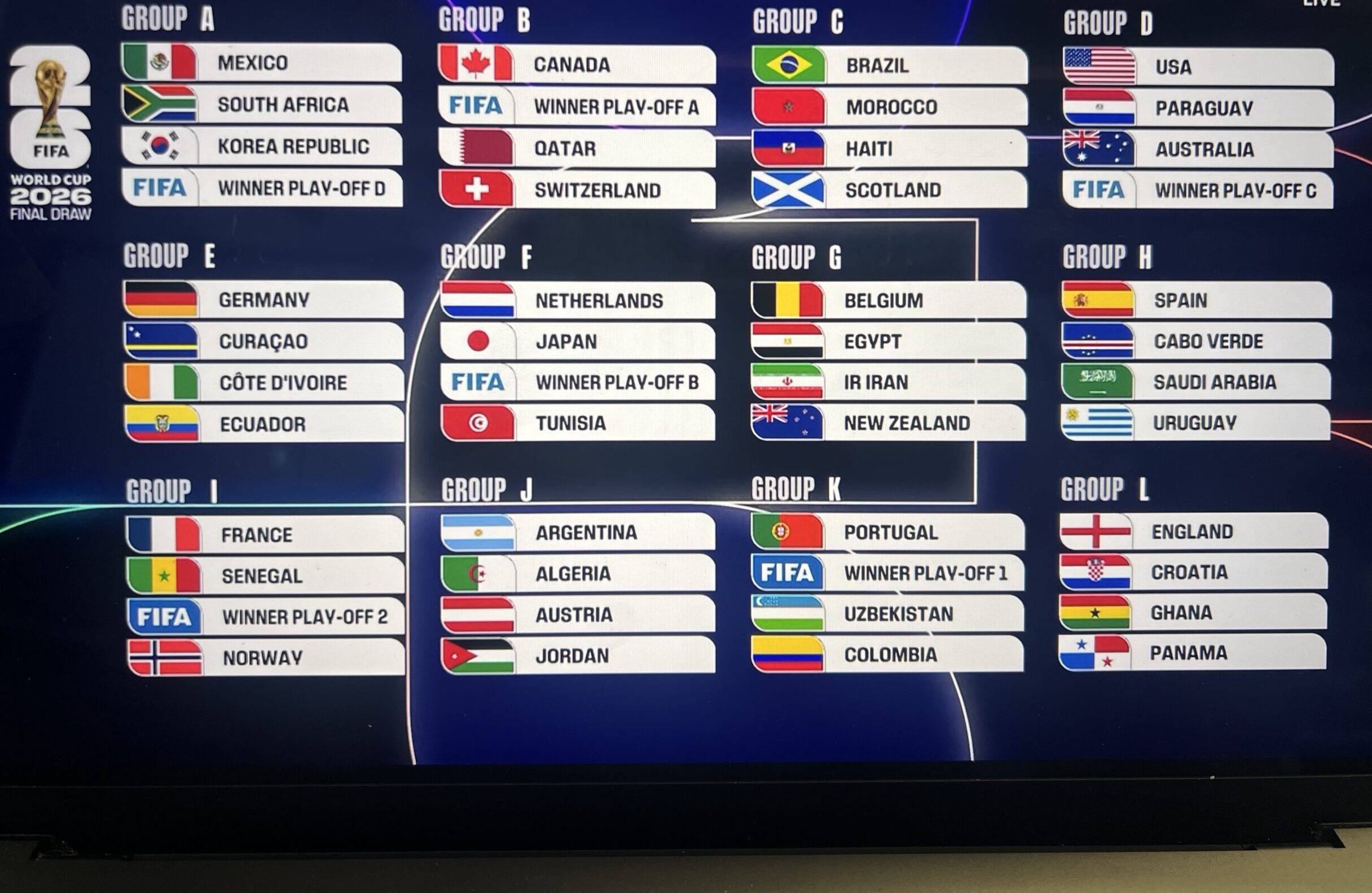So you want to learn how to counter attack in soccer. The key to a counter attack in soccer is speed through one and two touch soccer so you surprise the other team when they are caught trying to score themselves. Another key is a long switch or diagonal pass that cuts out a number of defenders. The whole team has to be on the same page in a counter attack, every player ready to play the ball quickly.
Below, in this video is a collection of some of Bayern Munich’s best counter attacking goals. Again, the counter attack epitomizes good soccer, as it is all about quick one and two touch passes, and getting to goal as fast as possible when the opposing team has pushed up trying to score.
A counter attack is a quick attacking play by a team who right before this was on the defensive. This team maybe is in a shell, packed in, and hunkered down against a top team and only trying to pull out the tie. Then the sun breaks through and with one fell swoop they’re running towards goal as two or three passes has broken the other team down.
For instance, one team might have nearly scored only for the ball to go out of bounds, off the touchline for a corner, and maybe then another corner or series of corners. Once the corner kick is taken the ball is cleared, at last, and with one or two passes the team that was just defending on a corner kick is now charging on goal.
One team has been absorbing all of this pressure and nearly concedes a goal, and in then in a series of passes or an amazing dribbling run, is themselves nearly scoring a goal. This is often a tactic of teams playing against a team that just better than they are. They sit back, crowd the box with a tight, compact defensive unit that’s hard to breakdown and get through, and counter attack. Absorbing pressure is letting a team have the space in front of the many, passing the ball around the attacking area but not letting them get crosses in or make passes in behind the defense – where defenders are then rushes back facing their own goal.
Again, key to a counter attack is the speed of play–and it usually entails a sequence of two or three killer passes that put a player on goal. It’s these quick passes the open up the game and create the counter attack. It often also involves switching the point of the attack from one side to the other, but the main thing is a long pass, perhaps a first time layoff by a forward and then another through ball or cross that leads to a goal scoring chance.
The keeper can often start the counter attack, too. There could be a long clear or say a quick throw or punt by the goalie. It’s the foresight and recognition of one or two players putting one of his or her teammates quickly in the advantage with a long pass or a series of quick one and two touch passes. But the entire team knows what’s going to happen, as they see the opportunity to catch the other team off guard.
A couple players see the opportunity and go for it as the majority of the other team is stuck up trying to score themselves. The previously attacking team is now vulnerable, as they have only one or two players back defending–with everyone is pushed up. This is when a counter attack takes place and is one of the most exciting plays in a soccer game.
While possession of the ball is key, as in the tiki taka style of Barcelona, top soccer teams know how to counter attack and play quickly when there’s an opening. Work on this in practice, see how fast you can get the ball upfield as a team – how many quick passes.
It could start with a long throw by the keeper or from a corner kick in the other team’s end of the field. But the whole team should understand what everyone’s trying to accomplish by breaking forward quickly with the ball.















